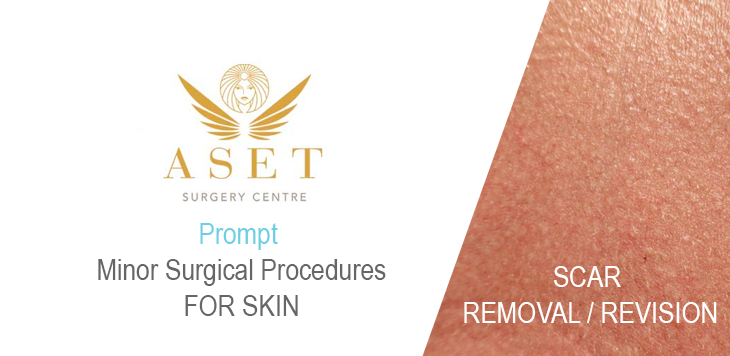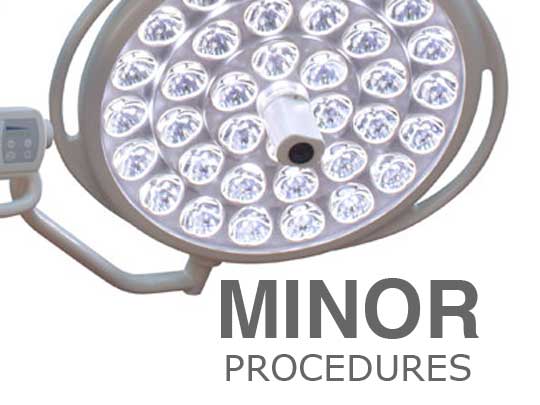
Established in 2019, ASET Hospital brings together some of the leading surgeons in the North West to create a centre of excellence in the field of Cosmetic Surgery and Non-Surgical Cosmetic solutions. With a friendly approach, we believe in providing clear advice to allow you to make an informed decision about your surgery.
Aset's minor surgical skin procedures clinic is led by consultant plastic surgeon
Mr Hassan Shaaban
Mr Hassan Shaaban is a fully accredited British-trained NHS Consultant Plastic Surgeon. In the NHS his main speciality is Oncoplastic (post cancer) reconstruction of the face and breast.
His career in cosmetic surgery expands over 20 years, Mr Hassan Shaaban main speciality is Oncoplastic (post cancer) reconstruction of the face and breast. In the NHS, Mr. Shaaban works in the field of reconstruction following trauma and cancer surgery.
Our team of dedicated and highly qualified plastic surgeons, anaesthetists, skin care specialists and experienced nurses are here to provide safe treatments to try to help you achieve health, happiness and the results you’ve always dreamed of. We do not compromise on quality and will only use top quality implants, properly equipped and accredited surgical facilities and fully qualified consultant surgeons who are on the GMC specialist register.

Scars are visible signs that remain after an injury, burn, surgery, acne or chicken pox. Even a wound that heals well can result in a scar that affects your appearance People are often very conscious of visible scars and their self-confidence may be affected as a result. Scars may be raised or indented, different in colour or texture from surrounding healthy tissue or particularly noticeable due to their size, shape or location.
Scar revision treatments do not guarantee complete removal of the scar, but aim to make it less obvious. They can also help to reduce tightness caused by the scar tissue. The colour and type of your skin, your age and the type of scarring influence how much improvement you can expect. Since the term “scar” can encompass a wide range of presentations, your consultant will advise on the most appropriate mode of treatment.
Scar removal or revision is performed by a highly qualified plastic surgeon using the delicate techniques and advanced principles of reconstructive plastic surgery. Many scars can be moved to a more hidden location and lumpy or thick scars can be flattened by this procedure. There are many ways to remove scarring,
Sometimes, surgery, under local anaesthetic, can improve the appearance of scars. Surgery can be used to:
• change the positioning of the scar
• change the width or shape of the scar
• release a tight scar that is close to a joint, to improve movement
A wide or lumpy scar can be surgically removed and a finer scar may be produced. Post-operative pain is usually minimal.
Silicone Gel Sheeting
Silicone sheeting or semi-occlusive silicone based topical gels are one of the main non-surgical methods for scar improvement. Clinical studies have scientifically shown that silicone products reduce inflammation associated with scar formation.
Silicone gels are used on healing skin (not open wounds) to reduce redness and try to minimise hypertrophic or keloid scars.
To be effective, silicone gels or sheets should be placed over the scar each day, for at least three months. This method of treatment can be combined with the use of pressure garments or steroid injection to flatten hypertrophic or keloid scars.
Fat Transfer
Experienced surgeons at ASET Hospital have used the technique of fat transfer, which involves taking a patient’s own fat to fill a defect or contour deformity elsewhere on the body.
Steroid Injections
Multiple small injections are made into the scar to reduce any inflammation (swelling) and to flatten the scar. Depending on the type of scar, these may need to be repeated. Usually injections are given on three occasions at 4-6 week intervals to assess your body’s response. Sometimes treatment may continue for several months if the scar is improving.
Laser to Improve Pigmentation
Medical Lasers can be used to reduce scarring as they use light energy to target colour pigments in the skin. This method can reduce the colour of red or darkened scars and allow the scar to blend better with the surrounding skin.
Laser Resurfacing
This is another type of medical laser scar treatment that can also be used to improve the appearance of scars covering large areas of skin (for example acne scarring).
Scar revision can be performed on people of any age and is a good option for you if:
• You are bothered by a scar anywhere on your body
• You have a positive outlook and realistic goals for your scar revision surgery
• You do not have active acne or other skin diseases in the area to be treated
The initial healing phase of a surgical scar revision may include localized swelling, discoloration or discomfort and may take 1 to 2 weeks. Healing will continue for several weeks and as the new scar heals it will slowly refine and fade. Sutures (if needed) are usually removed in 6 to 8 days from the face and 9 to 12 days from other parts of the body.
All new scars will initially be red. Fading occurs within 6 to 24 months depending on the scar's location and the patient's skin type. The surgeon who performed your surgery will see you after 6 weeks for a follow-up assessment and as often as required until you are fully recovered. It is vital that you attend all necessary post-operative appointments. You may need to take a little time off work.
There are some possible risks, as with all surgery, which will be explained to you at the time of your consultation. This is an opportunity to discuss your treatment and allow your consultant to ascertain your expectations and discuss the results that can be achieved. In order for you to make an informed choice it is vital that you understand all aspects of the procedure and all possible outcomes.
Disclaimer: This information sheet is designed to offer impartial advice and provide you with information to help you make an informed decision. It does not replace the need for a thorough consultation and all prospective patients should seek the advice of a suitably qualified medical practitioner.
Ready to learn more about scar removal / revision surgery ? To request your consultation, fill out the form on the side of this page or call our practice at 0151 426 4777. Aset Hospital is based in Liverpool, Merseyside UK and also serves Chester and national and international clients.
.